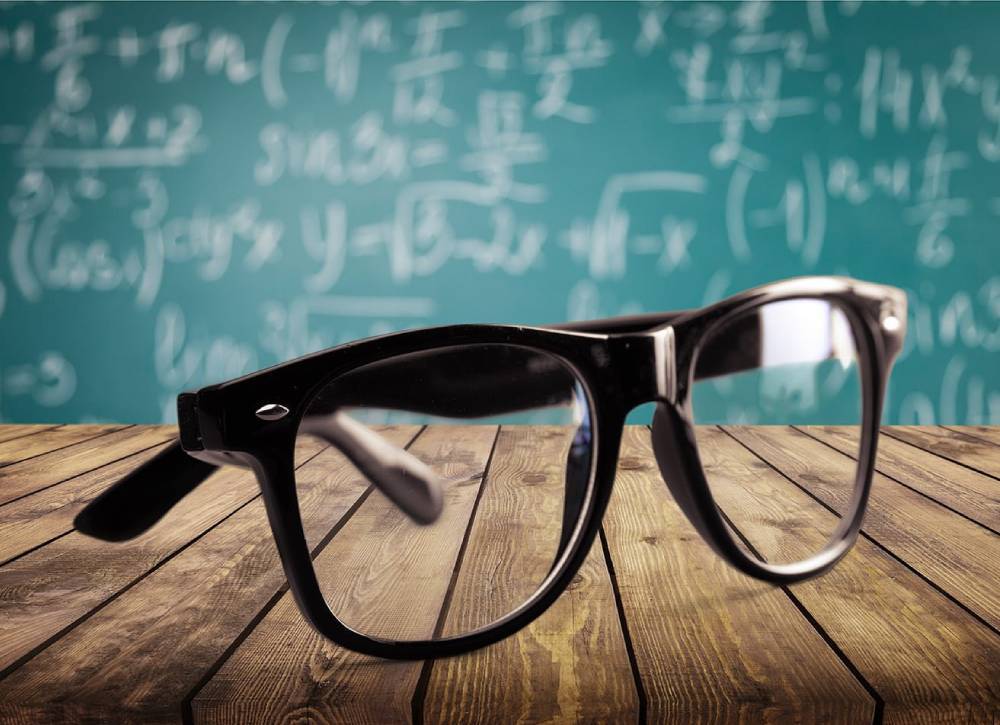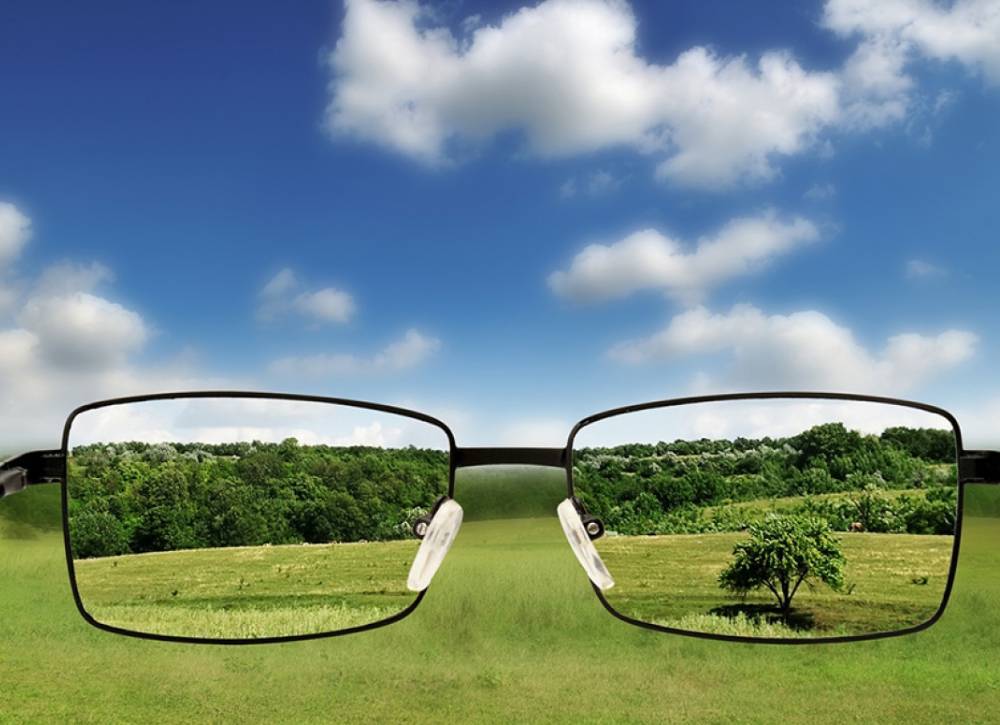If you get an eye condition such as nearsightedness, farsightedness, or astigmatism, you will get an eye prescription when checking your eyes. The numbers, decimals, pluses, and minus may seem like a language spoken only by an eye doctor, but the meanings are more straightforward than you might think.
After learning the meaning of these numbers, you can understand how strong your eye prescription is. So, in the following section, we will show you the meaning of the numbers.
At first, you need to know the meaning of OS and OD. The OD is for your right eye and the OS is for your left eye. The OS and OD are the abbreviations for oculus sinister and oculus dexter.
Now, we will show you the meaning of the numbers and show you how strong is your eye prescription.
How Strong Is My Eye Prescription?
How bad is my prescription? You may have this trouble. First, you need to know the meaning of SPH. SPH means the spherical error, which represents how nearsighted or farsighted you are.
For the nearsightedness, you can refer to the follows:
- If the number is between -0.25 and -2.25, you have mild nearsightedness.
- If the number is between -2.25 and -5.00, you have moderate nearsightedness.
- If the number is higher than -5.00, you have high nearsightedness.
For the farsightedness, you can refer to the follows:
- If the number is between +0.25 and +2.25, you have mild farsightedness.
- If the number is between +2.25 and +5.00, you have moderate farsightedness.
- If the number is higher than +5.00, you have high farsightedness.
The CYL number stands for astigmatism. The larger this number is, the more significant the level of astigmatism is. More significant astigmatism can mean a greater effect on your unassisted vision quality.
If you have a cylinder number, you will have an axis number. This is only an angular measurement of astigmatism and does not directly effect vision quality.
Add number often relates to presbyopia and relates to the bottom lens in multifocal glasses. The higher the Add number, the more powerful the bottom lens is.
PD often refers to the pupillary distance, the space between your eyes’ pupils in millimeters. This is a reference number for glasses and has no effect on how good or bad your vision is.
So, how bad is my eyesight? From the above information, you may have the answer. If you have got an eye prescription, you can refer to the above number and decide how strong your eye prescription is.
How to convert your glasses prescription to a contact lens prescription?
- Prescriptions below -4.00 do not require conversion. Use the same prescription as your glasses.
| -4.00 TO -6.50 Degree | -7.00 TO -10.00 Degree | ||
| Frame Glass Degree | Contact Lenses Degree | Frame Glass Degree | Contact Lenses Degree |
| -4.00 | -3.75 | -7.00 | -6.50 |
| -4.25 | -4.00 | -7.50 | -6.75 |
| -4.50 | -4.25 | -8.00 | -7.25 |
| -4.75 | -4.50 | -8.50 | -7.75 |
| -5.00 | -4.75 | -9.00 | -8.00 |
| -5.25 | -5.00 | -9.50 | -8.50 |
| -5.50 | -5.00 | -10.00 | -8.75 |
| -5.75 | -5.25 | ||
| -6.00 | -5.50 | ||
| -6.50 | -6.00 | ||
How bad is my eye prescription? This post from CARFIA Optical has shown some referred numbers and you can refer to them. If you have any different ideas for the number of eye prescription, you can share them in the comment zone. If you have any problems with glasses or sunglasses, you can contact us via the email service@carfia.com and we will reply to you as soon as possible.





































